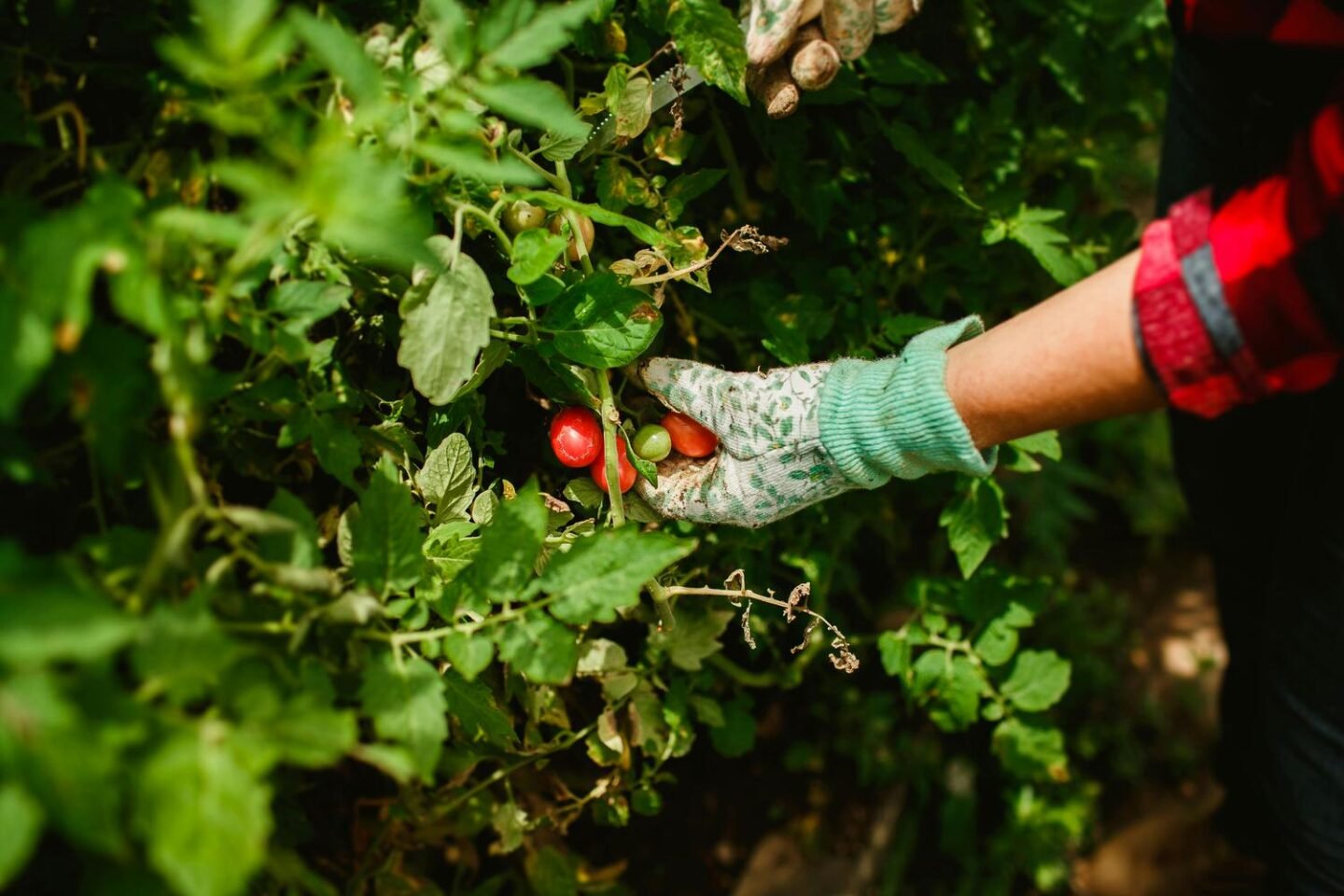Encourage healthy eating habits and bond with your loved ones by growing a family-friendly vegetable patch. Teach your children the importance of patience and looking after the natural world. As they watch their seeds grow to produce food they can eat at home, they experience a sense of shared accomplishment and learn about the increasing value of sustainability.
Here are some expert tips for making your vegetable plot suitable for all members of the family and easy to maintain.
Start Small and Simple
You’ll want to make this outdoor space manageable, especially if you have young children. For beginners, a small container garden or raised bed works well, and they’re easier to keep weed-free.
Choose a few easy-to-care-for vegetables like carrots and runner beans to start, then progress to trickier crops when you’ve got the hang of things. These easier seeds grow quickly, providing the kids with fast results that keep them engaged and excited about the process.
Choose Kid-Friendly Plants
To make your allotment suitable for everyone, it’s key to include varieties that are easy to harvest by small hands. These could be cherry tomatoes, snap peas or strawberries, all of which are great options that lead to colourful, bite-sized crops – perfect for little ones.
Incorporate sensory experiences by choosing plants with different textures and smells, transforming the garden into an interactive learning environment.
Extend the Growing Season with a Polytunnel
To sustain the family’s passion for gardening throughout the year, a polytunnel is an excellent addition to your vegetable patch. As a large greenhouse, polytunnels create controlled conditions by trapping warmth and shielding plants from harsh weather conditions.
By sheltering the crops, you have more freedom to choose options like peppers and cucumbers that don’t usually thrive in cooler climates. This way, you can enjoy your favourite veg even in the autumn and winter months!
Create a Fun and Inviting Space
Kids should feel welcomed and excited to spend time in the garden. Set up a corner with child-friendly tools for them to get involved, and plenty of colour on plant pots and stepping stones.
To encourage your child to feel responsible for their plants, designate a specific area for them to tend to their own crops. Watch as their patience develops and they acquire new skills to take into the future.
Make it Educational and Fun
Gardening with your loved ones can be much more than just cultivating food. Take advantage of this opportunity to teach your children important lessons about the environment, biology, and where their food comes from.
Time spent outdoors can be a constant learning experience, as you can explain the importance of sunlight, water and soil for successful growth. Create a wildlife tally for them to monitor the activity of bees and butterflies or keep a journal to record growth and harvests.

